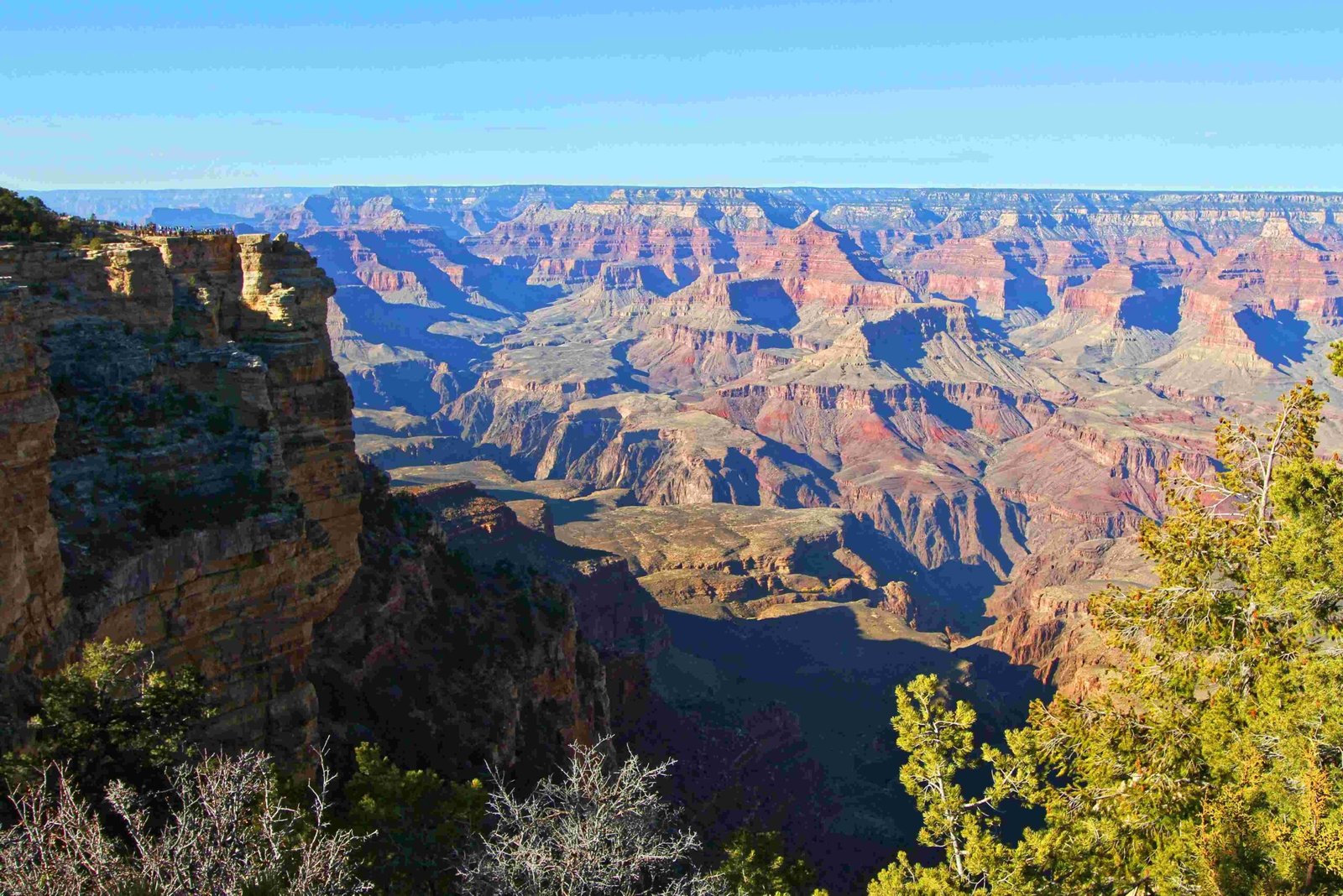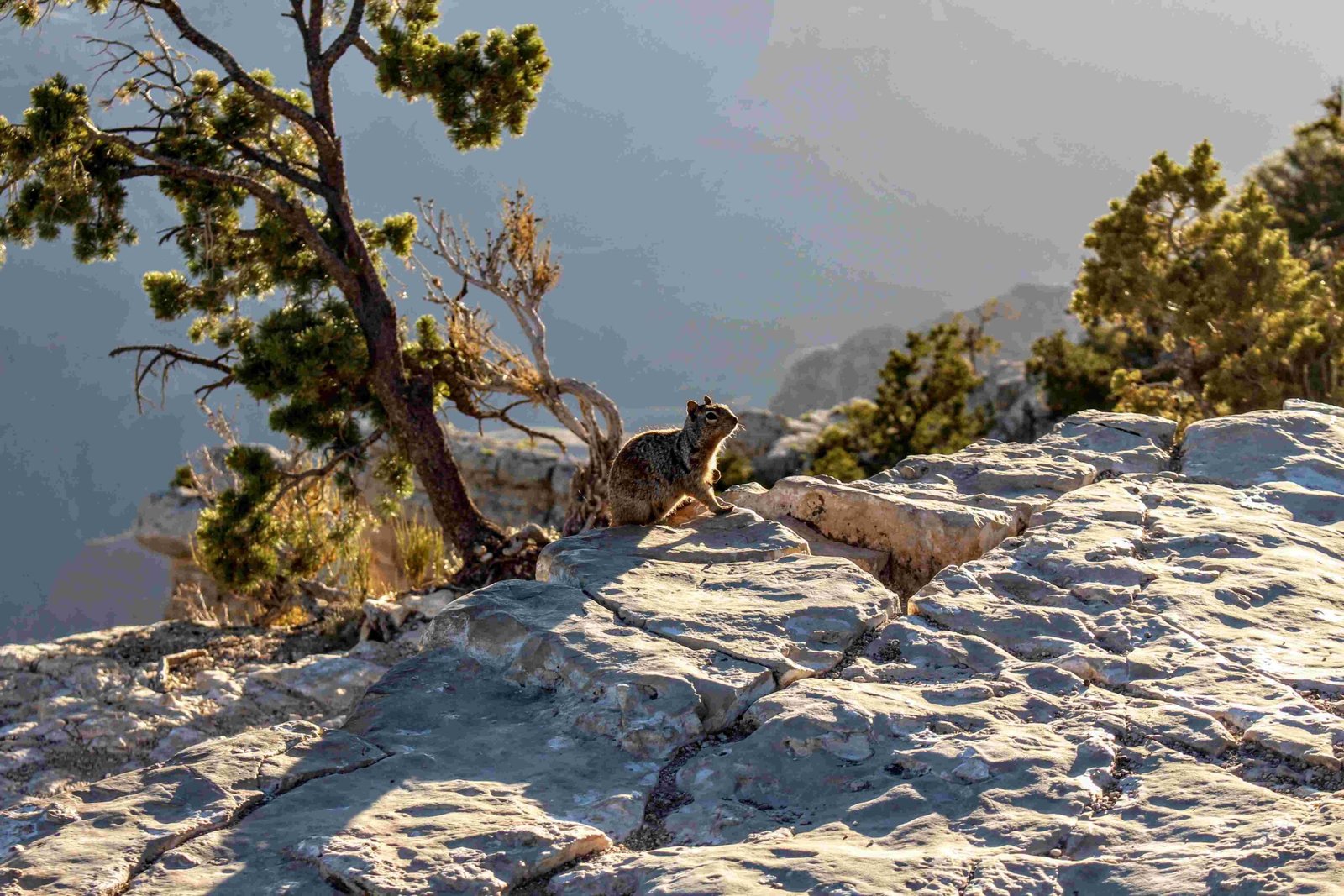The Grand Canyon represents a geological marvel spanning 277 miles, revealing millions of years of Earth’s history through its intricate rock layers, diverse ecosystems, and remarkable biodiversity. This comprehensive trivia guide unveils extraordinary insights about one of the world’s most spectacular natural landscapes, offering explorers and enthusiasts an in-depth understanding of its remarkable characteristics.
What Makes Grand Canyon Unique?

How Deep and Long is the Grand Canyon?
The Grand Canyon stretches an impressive 277 miles with an average depth of one mile. Its geological complexity is mind-blowing:
| Characteristic | Measurement |
|---|---|
| Total Length | 277 miles |
| Average Depth | 1 mile |
| South Rim Elevation | 7,000 feet |
| North Rim Elevation | 8,100 feet |
Who First Discovered the Grand Canyon?
European exploration of the Grand Canyon began with Garcia Lopez de Cardenas in 1540, guided by indigenous Hopi tribes. However, the first successful river expedition was led by Major John Wesley Powell in 1869, marking a significant milestone in understanding this natural wonder.
Geological Wonders and Formation

What Formed the Grand Canyon?
The Colorado River played the primary role in carving this magnificent landscape over millions of years. Key geological facts include:
- River flows at approximately 4 miles per hour
- Average river depth within canyon: 40 feet
- Represents five distinct life zones
- Contains rocks dating back nearly 2 billion years
How Many Species Inhabit the Grand Canyon?
The Grand Canyon hosts an extraordinary diversity of life:
- Plant Species: Over 1,500
- Bird Species: 355
- Mammalian Species: 89
- Reptile Species: 47
- Amphibian Species: 9
- Fish Species: 17
Historical and Cultural Significance
Which Native American Tribes Are Connected to the Grand Canyon?
Several indigenous tribes have deep historical connections:
- Hopi
- Navajo
- Havasupai
- Paiute
- Hualapai
These tribes have inhabited and revered the region for thousands of years, maintaining intricate cultural relationships with the landscape.
Fascinating Grand Canyon Trivia Highlights
- Narrowest point: 600 yards
- Widest point: 18 miles
- Designated as National Park: February 26, 1919
- Initial National Monument status: 1908
Conservation and Preservation
The Grand Canyon represents more than a geological wonder—it’s a critical ecosystem hosting numerous rare and endangered species. Ongoing conservation efforts focus on protecting its unique biodiversity and geological heritage.
Exploration and Research
Major expeditions like John Wesley Powell’s 1869 journey transformed scientific understanding of the canyon. Modern research continues to unveil new insights about its geological processes, ecological systems, and historical significance.
Visitor Experience
Millions of visitors explore the Grand Canyon annually, experiencing its breathtaking vistas, hiking trails, and immersive natural beauty. Each visit offers a unique perspective on this extraordinary landscape.
Final Insights
The Grand Canyon transcends being merely a geographical feature—it’s a living museum of Earth’s geological history, a complex ecosystem, and a testament to the incredible forces of natural transformation.
Reference:
– Grand Canyon Expeditions
– FactMonster
– FunTrivia

